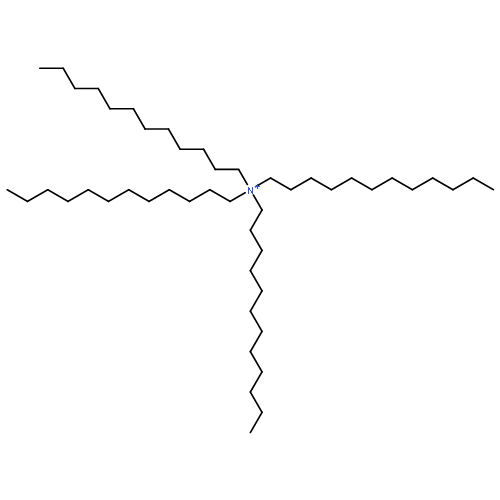Co-reporter: Ryoichi Ishimatsu, Jiyeon Kim, Ping Jing, Christopher C. Striemer, David Z. Fang, Philippe M. Fauchet, James L. McGrath and Shigeru Amemiya
pp: 7127
Publication Date(Web):August 6, 2010
DOI: 10.1021/ac1005052
We report on the application of scanning electrochemical microscopy (SECM) to the measurement of the ion-selective permeability of porous nanocrystalline silicon membrane as a new type of nanoporous material with potential applications in analytical, biomedical, and biotechnology device development. The reliable measurement of high permeability in the molecularly thin nanoporous membrane to various ions is important for greater understanding of its structure−permeability relationship and also for its successful applications. In this work, this challenging measurement is enabled by introducing two novel features into amperometric SECM tips based on the micropipet-supported interface between two immiscible electrolyte solutions (ITIES) to reveal the important ion-transport properties of the ultrathin nanopore membrane. The tip of a conventional heat-pulled micropipet is milled using the focused ion beam (FIB) technique to be smoother, better aligned, and subsequently, approach closer to the membrane surface, which allows for more precise and accurate permeability measurement. The high membrane permeability to small monovalent ions is determined using FIB-milled micropipet tips to establish a theoretical formula for the membrane permeability that is controlled by free ion diffusion across water-filled nanopores. Moreover, the ITIES tips are rendered selective for larger polyions with biomedical importance, i.e., polyanionic pentasaccharide Arixtra and polycationic peptide protamine, to yield the membrane permeability that is lower than the corresponding diffusion-limited permeability. The hindered transport of the respective polyions is unequivocally ascribed to electrostatic and steric repulsions from the wall of the nanopores, i.e., the charge and size effects.
Co-reporter: Mohammed B. Garada, Benjamin Kabagambe, and Shigeru Amemiya
pp: 5348
Publication Date(Web):April 30, 2015
DOI: 10.1021/acs.analchem.5b00644
Cation-exchange extraction of polypeptide protamine from water into an ionophore-based polymeric membrane has been hypothesized as the origin of a potentiometric sensor response to this important heparin antidote. Here, we apply ion-transfer voltammetry not only to confirm protamine extraction into ionophore-doped polymeric membranes but also to reveal protamine adsorption at the membrane/water interface. Protamine adsorption is thermodynamically more favorable than protamine extraction as shown by cyclic voltammetry at plasticized poly(vinyl chloride) membranes containing dinonylnaphthalenesulfonate as a protamine-selective ionophore. Reversible adsorption of protamine at low concentrations down to 0.038 μg/mL is demonstrated by stripping voltammetry. Adsorptive preconcentration of protamine at the membrane/water interface is quantitatively modeled by using the Frumkin adsorption isotherm. We apply this model to ensure that stripping voltammograms are based on desorption of all protamine molecules that are transferred across the interface during a preconcentration step. In comparison to adsorption, voltammetric extraction of protamine requires ∼0.2 V more negative potentials, where a potentiometric super-Nernstian response to protamine is also observed. This agreement confirms that the potentiometric protamine response is based on protamine extraction. The voltammetrically reversible protamine extraction results in an apparently irreversible potentiometric response to protamine because back-extraction of protamine from the membrane extremely slows down at the mixed potential based on cation-exchange extraction of protamine. Significantly, this study demonstrates the advantages of ion-transfer voltammetry over potentiometry to quantitatively and mechanistically assess protamine transfer at ionophore-based polymeric membranes as foundation for reversible, selective, and sensitive detection of protamine.
